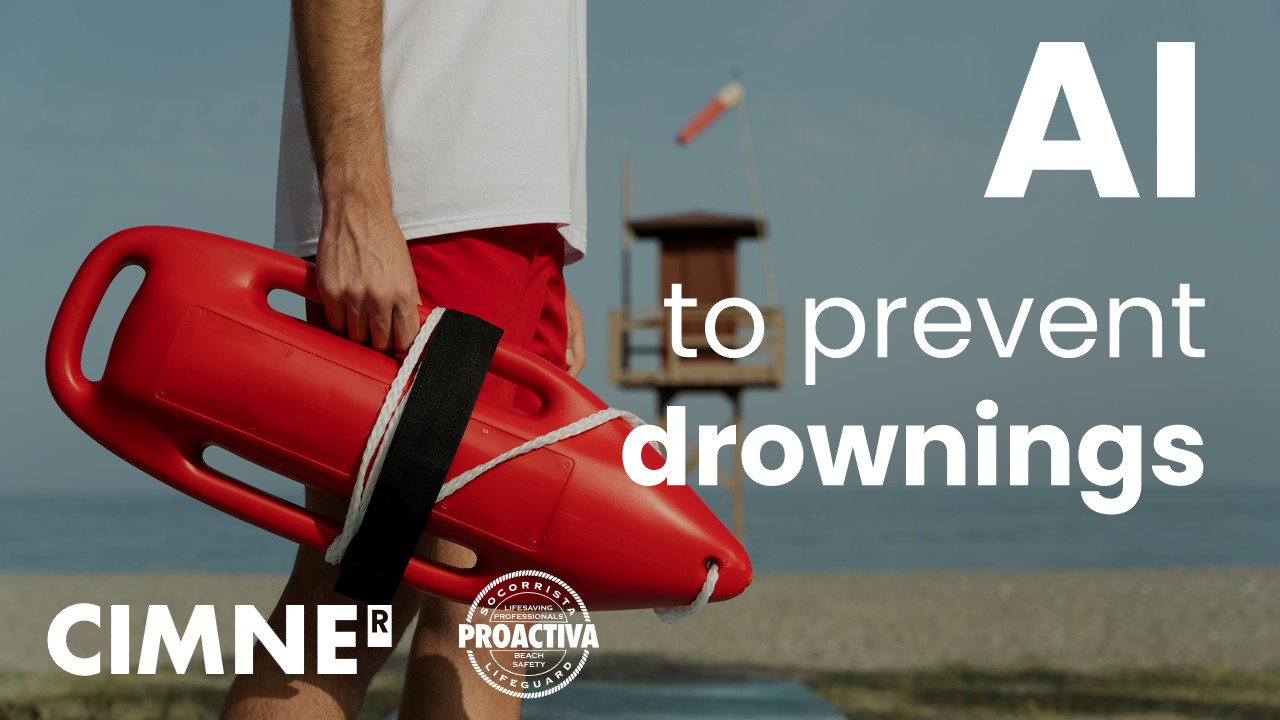
Overview
The system continuously analyses real-time video streams from cameras positioned at beaches and pools, identifying potential drowning scenarios that might be difficult for human observers to detect. When a risky situation is identified, LAIF immediately sends alerts to control centres and lifeguard teams, enabling rapid emergency response that can save lives.
Beyond enhancing existing surveillance capabilities, LAIF represents a paradigm shift in water safety by enabling 365-day-a-year monitoring coverage, including in areas where permanent lifeguard presence is not feasible. The system is designed to complement rather than replace human lifeguards, providing an additional layer of protection that can detect subtle risk indicators such as medical complications that may not show obvious external signs.
The Castelldefels Demonstrator
-
- System Configuration: Multiple cameras have been strategically positioned to monitor bathing areas, capturing comprehensive coverage of the aquatic zone. These cameras transmit live video feeds without recording, respecting privacy while maintaining security.
- Real-Time Analysis: The AI-powered computer vision algorithms continuously process the video streams, analysing swimmer behavior patterns and water conditions. The system has been trained to recognize various indicators of distress or drowning risk.
- Alert Mechanism: When the system detects a potentially dangerous situation, it automatically generates an alert that is sent to a control centre. Emergency protocols are then activated, and lifeguard teams are immediately notified to respond.
In Autumn 2025 a second pilot will be launched in a swimming pool in Barcelona, extending the technology’s application to controlled aquatic environments and validating its adaptability to different scenarios
Features
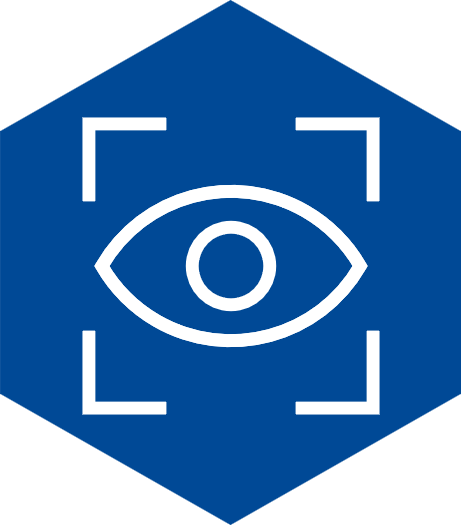
Real-Time Detection

AI-Powered Analysis

Automatic Alerts

Privacy-Focused

Low Latency Response
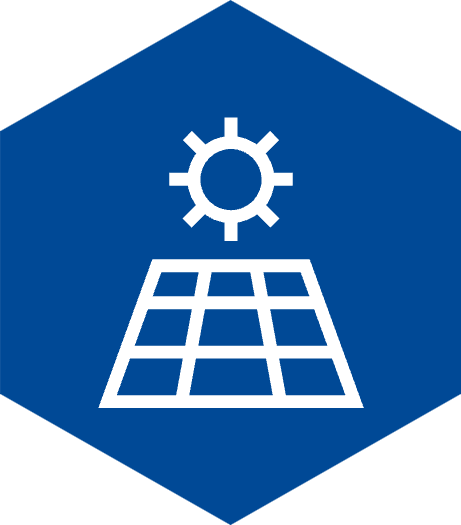
Autonomous Operation

Multi-Environment

Continuous Monitoring
Applications and Societal Benefits
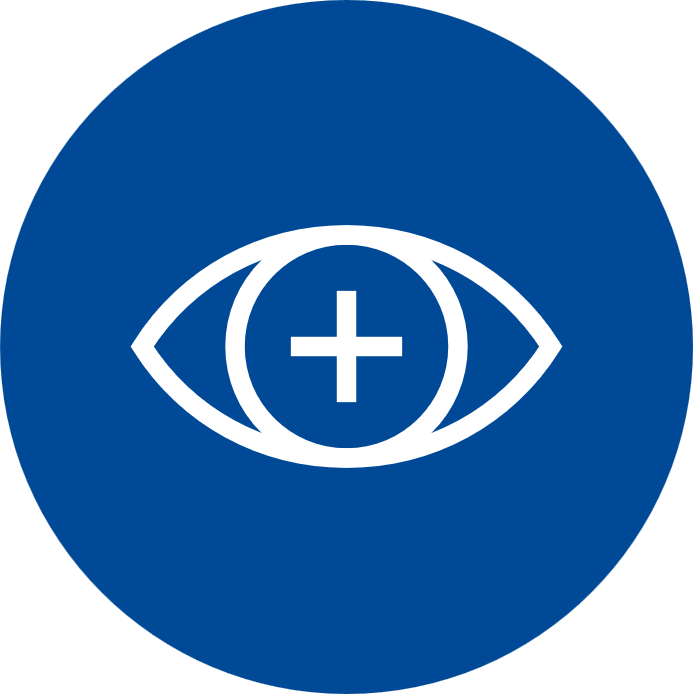
Enhanced Lifeguard Support

Drowning Prevention

Medical Emergency Detection
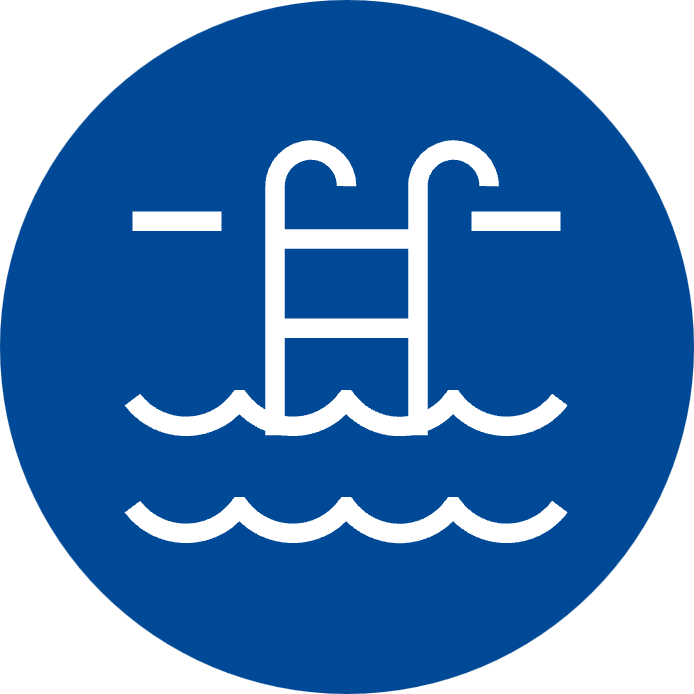
Pool Safety Enhancement

Extended Coverage Areas

Off-Season Protection

Cost-Effective Safety

Training Data Generation
Learn More
Project Information
Media Coverage
Project Partners
Contact Us
Our Technology Transfer Unit is ready to discuss how LAIF can be adapted to your specific needs and help prevent drownings in your aquatic facilities.






